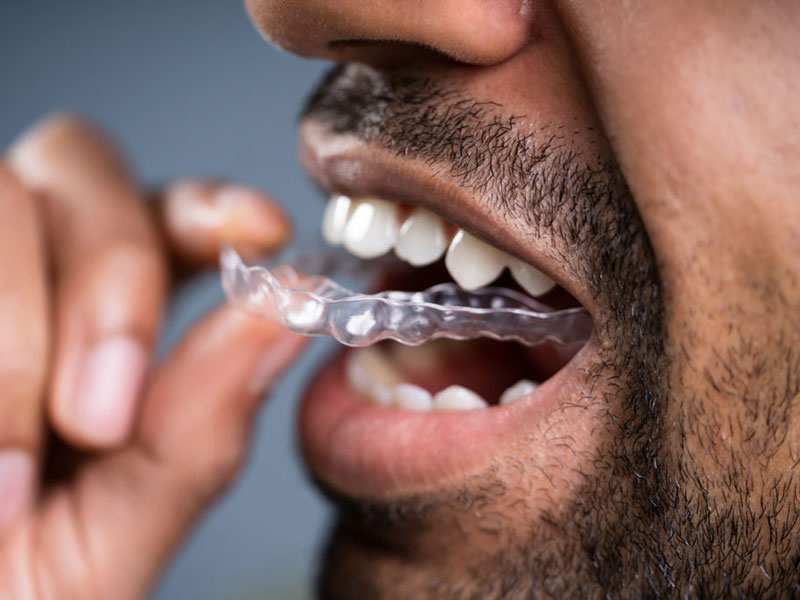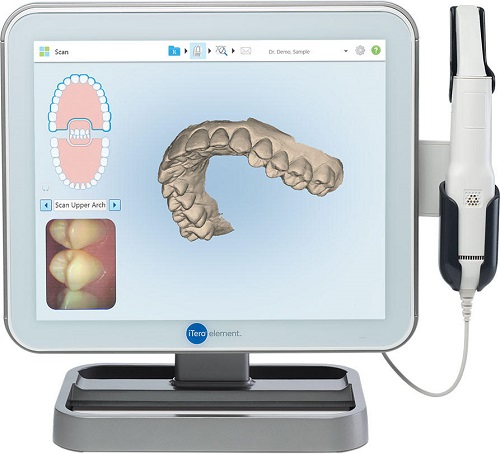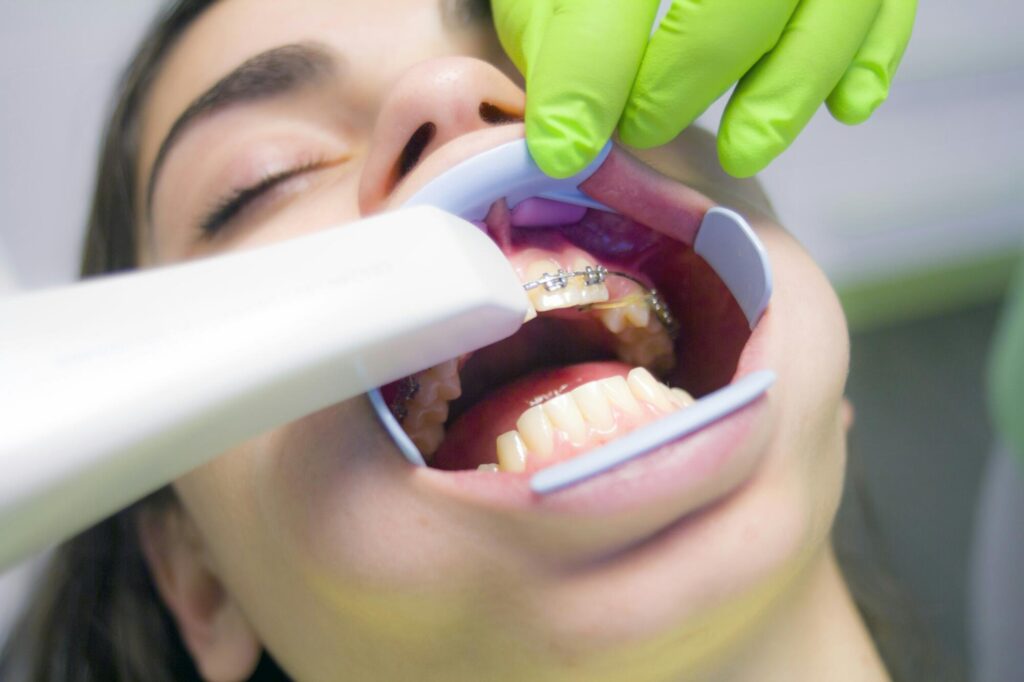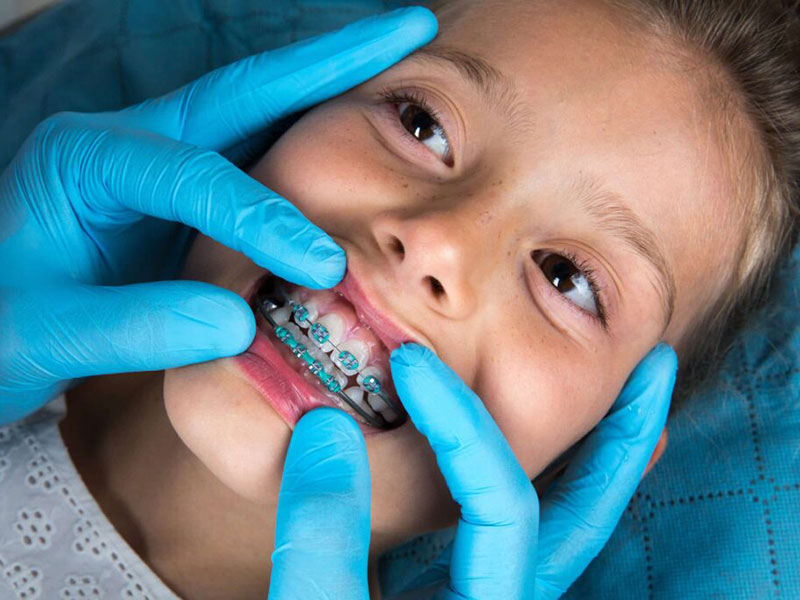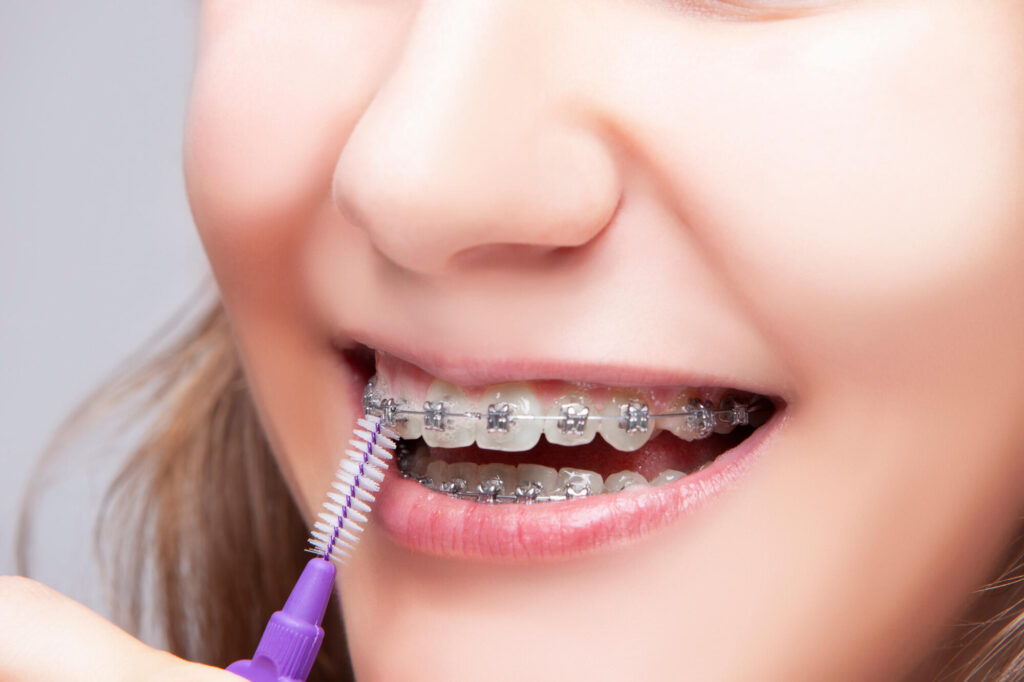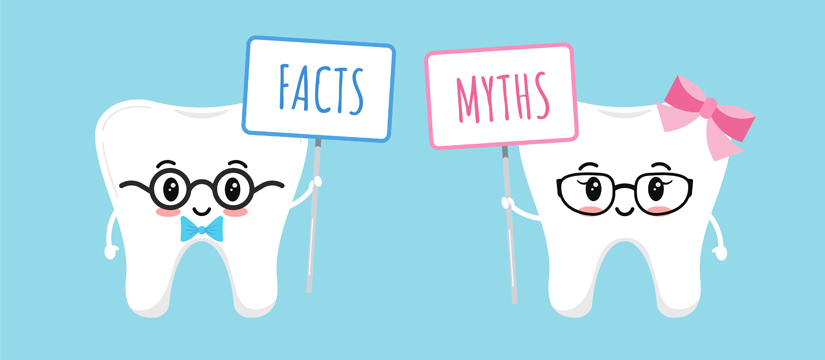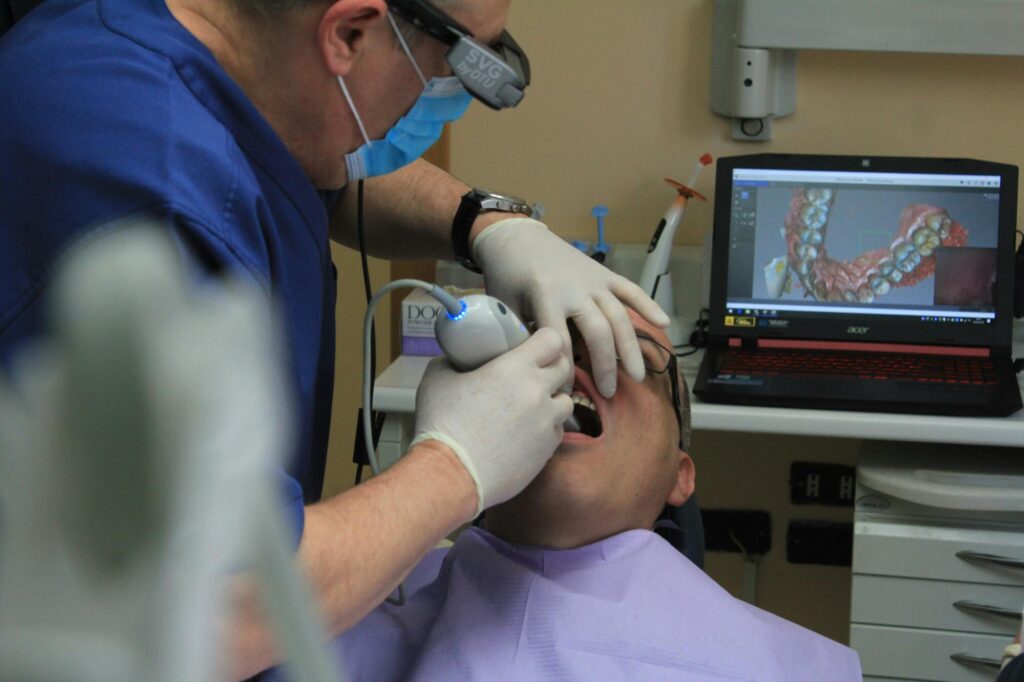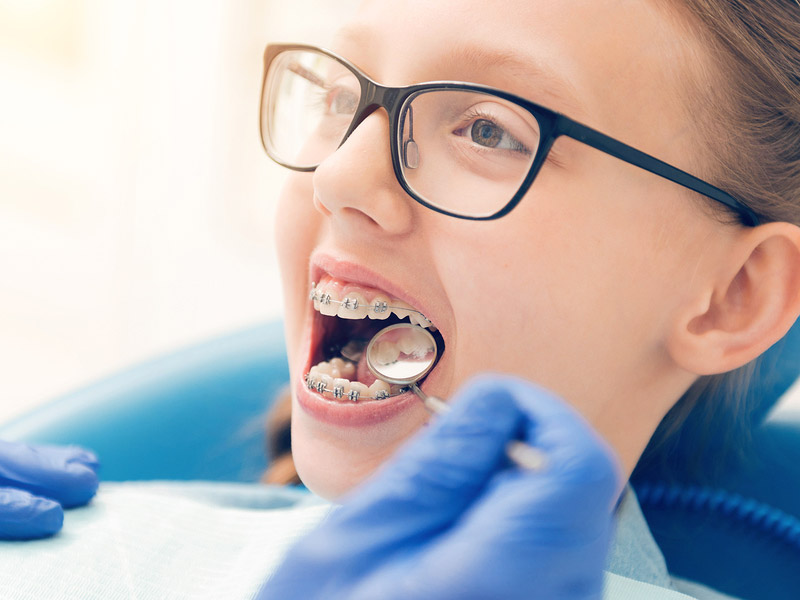July 3, 2024
No matter how long you’ve been wearing braces, orthodontic emergencies can still happen when you least expect them. In fact, it’s not uncommon to break at least one bracket during treatment.
If you have a broken bracket or painful wire, it can be very uncomfortable if not fixed correctly. But don’t panic! With the right knowledge, you can handle many ortho problems at home.
This guide will teach you how to deal with common braces emergencies and when to call an emergency orthodontist. Let’s dive in and learn how to tackle ortho emergencies like a pro.
Common Orthodontic Emergencies
These problems can range from minor annoyances to serious issues needing quick attention. Understanding these emergencies will help you know what to do when they happen to you or someone you know.
Loose or Broken Brackets
When you have braces, a loose or broken bracket can be a real pain. This usually happens if you eat hard foods or accidentally bump your mouth. You might feel the bracket moving around or see it hanging off your tooth.
Don’t worry, though, there are some things you can do to fix it temporarily. First, try using a small piece of orthodontic wax to hold the bracket in place. If the bracket has come off completely, keep it safe and call our office.
In the meantime, cover any sharp edges with wax to protect your cheeks and gums. Remember, a loose bracket can slow down your treatment, so it’s important to get it fixed as soon as you can.
Protruding or Broken Wires
Protruding or broken wires can be really uncomfortable and even hurt your cheeks or gums. This problem often happens when the wire slips out of the bracket or breaks. If you notice a wire sticking out, don’t ignore it!
A poking wire can cause sores in your mouth if left alone. You can try using the eraser end of a pencil to gently push the wire back into place. If that doesn’t work, cover the sharp end with orthodontic wax to protect your mouth.
Never try to cut the wire yourself, as you might accidentally swallow it. If the wire is badly bent or broken, you’ll need to see our orthodontist soon to get it fixed properly.
Severe Pain or Discomfort
Sometimes, you might feel a lot of pain or discomfort with your braces. This can happen right after getting them tightened. Your teeth might feel sore, or your jaw could ache. Don’t worry, this usually doesn’t last long.
To feel better, you can try rinsing with warm salt water. This helps reduce swelling and can make your mouth feel more comfortable. You can also take over-the-counter pain medicine if your parents say it’s okay.
Using an ice pack on your cheek can help, too. If the pain is really bad or lasts more than a few days, it’s time to call our office. They can check if everything is okay and help you feel better.
Essential Tools for At-Home Ortho Care
Being prepared for ortho emergencies means having the right tools at home. Think of it as your personal braces first-aid kit. Orthodontic wax is a must-have for dealing with sore spots or poking wires.
You’ll also want to keep clean tweezers handy for safely handling small parts or adjusting wires. Dental floss is important for removing stuck food in your braces, while salt can be mixed with warm water for a soothing mouth rinse.
A small flashlight and mirror can help you see clearly inside your mouth when checking your braces.
Store these items in a clean, dry place that’s easy to reach. With this kit ready, you’ll be able to handle many braces problems quickly and safely at home.
Preventive Measures to Avoid an Emergency Orthodontist Visit
You can do a lot to prevent ortho emergencies from happening in the first place. Taking good care of your braces is key. Brush your teeth after every meal and floss daily to keep your braces clean. This helps prevent problems caused by food getting stuck.
Be careful about what you eat, too. Stay away from hard, sticky, or chewy foods that can damage your braces. Things like popcorn, nuts, and hard candies are off-limits.
Wear a mouthguard when playing sports to protect your braces from getting hit. Also, don’t forget to go to all your scheduled orthodontist appointments. These check-ups help us catch small issues before they become big problems. By following these tips, you can help keep your braces in good shape and avoid many emergencies.
When to Seek Urgent Orthodontic Care
While you can handle many braces issues with at-home ortho care, some problems need a professional’s help. If you have severe pain that doesn’t go away with over-the-counter medicine, it’s time to call our orthodontist.
Also, if you notice any signs of infection, like swelling or fever, don’t wait to get help. Sometimes, a bracket or wire might break in a way that you can’t fix safely at home. In these cases, your orthodontist needs to step in.
If your braces are causing sores in your mouth that won’t heal, that’s another reason to seek help. Remember, it’s always better to be safe than sorry. If in doubt, give our orthodontist’s office a call. We can guide you on whether you need to come in for an emergency visit.
Stay Prepared and Smile On
By following the tips outlined above, you’re better prepared to deal with unexpected braces problems. Remember, quick action can make a big difference in keeping your treatment on track. While many issues can be managed at home, some need expert care from an emergency orthodontist.
If you’re ever unsure, it’s always best to reach out to a professional. SouthShore Orthodontics is here to help you with any ortho emergencies. Our team of experts can guide you through tricky situations and provide the care you need.
Don’t hesitate to give us a call or request an appointment online. With our help and your new knowledge, you can face any ortho challenge with confidence!

